
Buddhism and Immortality The Ingersoll Lecture
第一批赴日本旅行的美国人威廉·比奇洛,《佛教与长生不老》一版一印;现货!非代购!非“海外库房”发货!
¥ 306 八五品
仅1件
作者William Sturgis Bigelow
出版社Riverside Press
出版时间1908
版次1
印刷时间1908
印次1
装帧精装
页数75页
上书时间2024-03-07
- 在售商品 暂无
- 平均发货时间 1小时
- 好评率 暂无
- 店主推荐
- 最新上架
商品详情
- 品相描述:八五品
- 图书馆藏书,书顶刷金
- 商品描述
-
William Sturgis Bigelow (1850–1926) was an American physician and collector of Japanese art. He was one of the first Americans to live in Japan[citation needed], and to introduce the American public to Japanese art and culture. He was also among those who adhered to the philosophy of the "White man's burden"[citation needed], and worked to establish protections for Japanese art during a time when some Japanese were willing to sell or destroy elements of their own traditional culture in a fervor of Westernization and modernization.
Bigelow's publicity for his vision of Japan extended to his teachings on Buddhism. He delivered the annual Ingersoll Lecture on the Immortality of Man at Harvard in 1908, which was published as book Buddhism and Immortality (1908). There Bigelow used the scientific language of nature selection to explain spiritual evolution as when an individual emerges from "unconditioned consciousness" and "moves up the scale of evolution guided by natural selection." Next the individual moves to a level of celestial experience and finally is able to "return to the unconditioned consciousness from which all things emerge. In his view, familial ties were created by reincarnaton and what he called "thought transference."[11] Bigelow's contemporaries compared his relationship o the Japanese monk who instructed him in Buddhism as that of "a filial child" to a "benevolent father." [12] Historian T.J. Jackson Lears has analyzed Bigelow's embrace of Buddhims as "leaving a stern father for a benign Ajari [teacher]." [13] Bigelow accepted both material and spiritual evolution and believed Buddhism and science were compatible.[
相关推荐
-
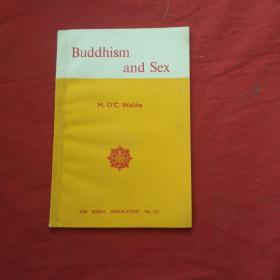
Buddhism and Sex
九品北京
¥ 380.00
-

Buddhism Plain and Simple
九品上海
¥ 128.00
-

BUDDHISM PIAN AND SIMPIE
九品北京
¥ 40.00
-

Buddhism Plain and Simple
九品北京
¥ 200.00
-

Buddhism Lectures and Essays
七五品牡丹江
¥ 120.00
-
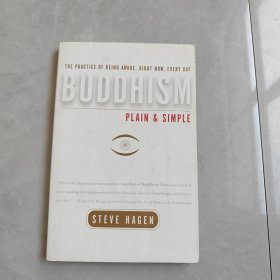
Buddhism Plain and Simple(英文)
八五品北京
¥ 150.00
-

Buddhism: aesthetics, time and quintessence
九五品天津
¥ 940.00
-

PSYCHOANALYSIS AND BUDDHISM : An Unfolding Dialogue
八五品北京
¥ 100.00
-

Basic Buddhism: Exploring Buddhism and Zen
九五品上海
¥ 200.00
-

Buddhism and S ci en ce
九品北京
¥ 260.00
— 没有更多了 —















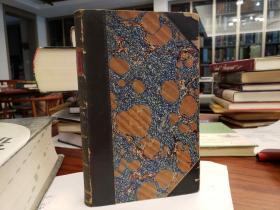






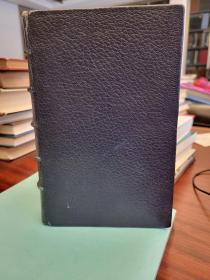
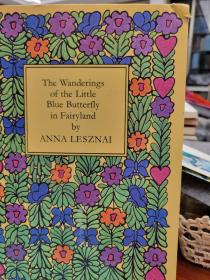
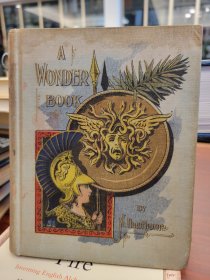

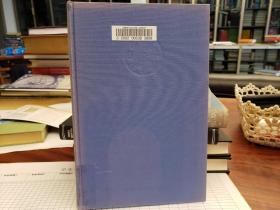




以下为对购买帮助不大的评价